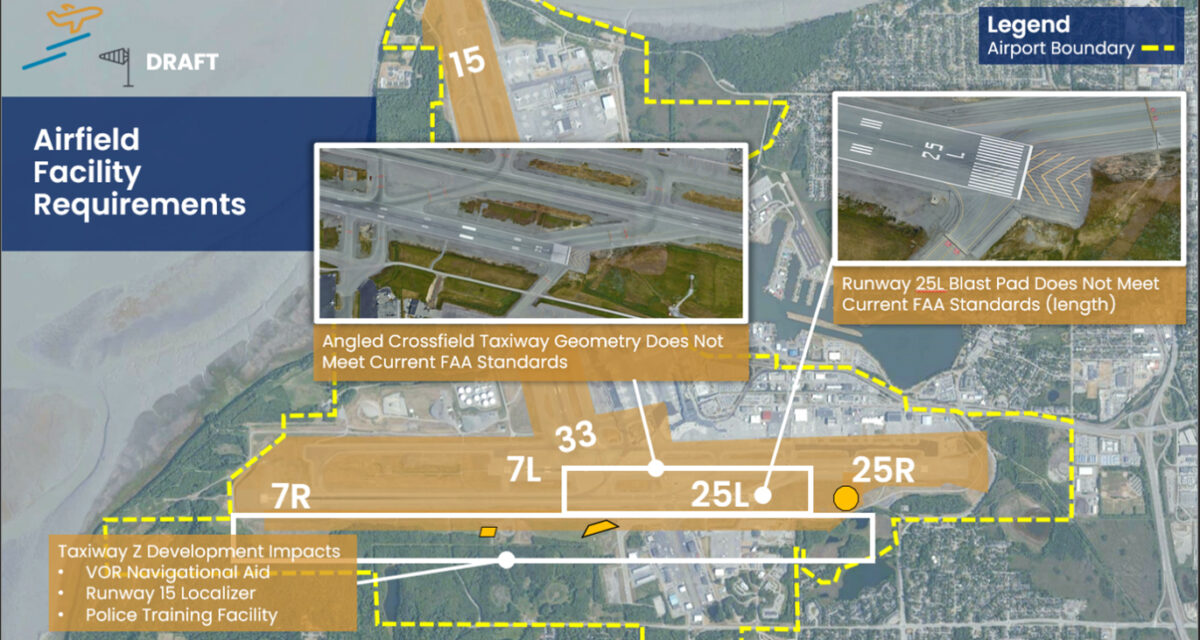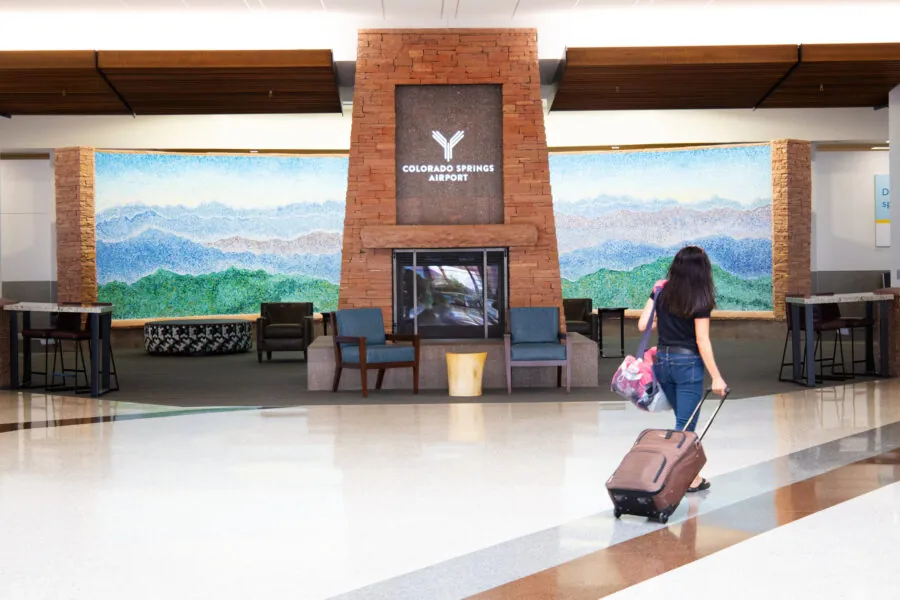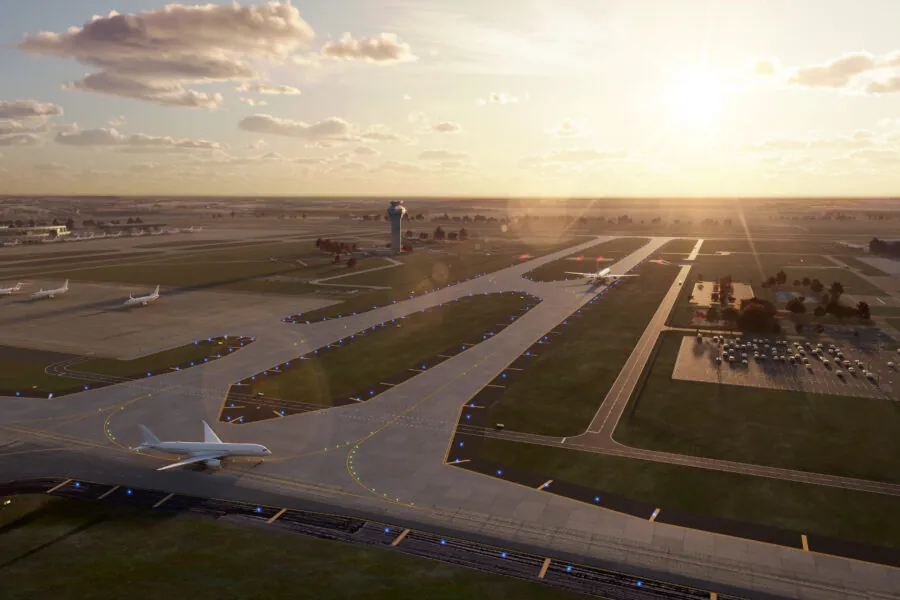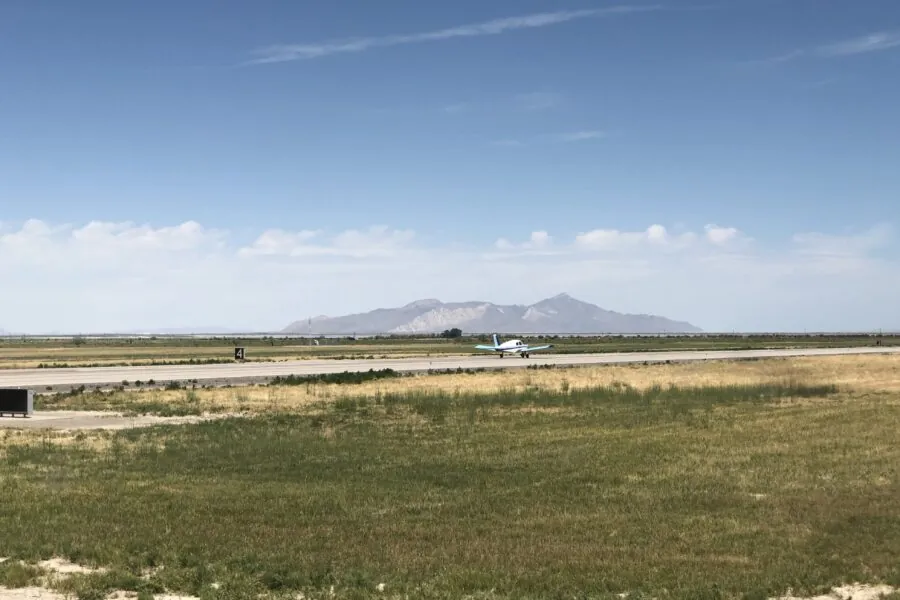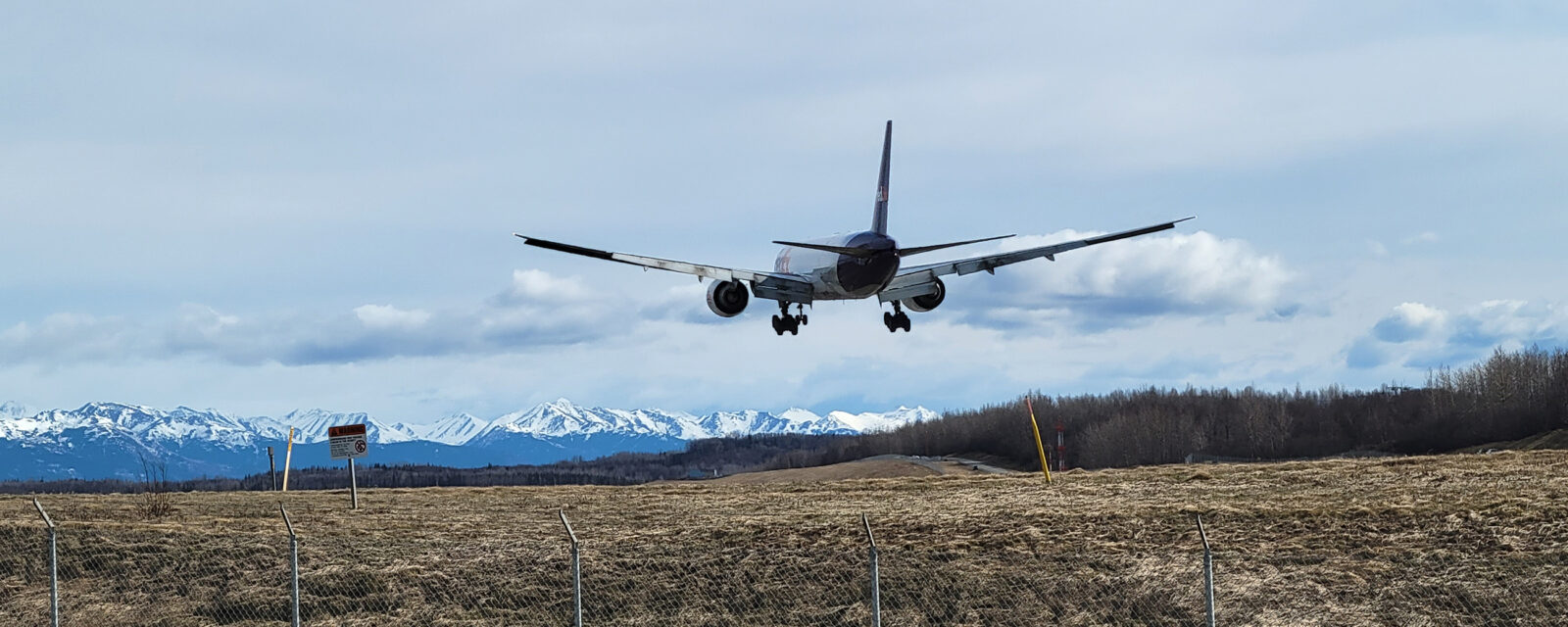
Ted Stevens Anchorage International Master Plan Update
Project Details
Client / Owner
Alaska Department of Transportation & Public Facilities
Focus Areas & Services
RS&H has been instrumental in several updates to the Master Plan for Ted Stevens Anchorage International Airport (ANC) to guide airport development for up to 20 years. ANC, a global cargo hub, faced the intricate task of optimizing operations to accommodate heightened cargo traffic while maintaining efficiency in passenger travel.
This extensive master plan project will enable the Airport to meet the Department of Transportation & Public Facilities (DOT&PF) and Alaska International Airport System (AIAS) mission and purpose by providing a plan for safe, efficient, environmentally sensitive, and economically self-sustaining air transportation facilities responsive to Alaska’s needs. RS&H’s comprehensive approach aims to minimize delays and refuel times for aircraft carrying a maximum payload for global journeys.
ANC operates like no airport in the world and provides cargo operators with a place to refuel, load, offload, and sort cargo and change crews in a strategic international location. ANC is a 9.5-hour flight from 90% of the industrial world. With larger, more efficient aircraft in the world’s cargo fleets and international shipping becoming more cost-effective via aircraft, the demand for aircraft parking at ANC is only increasing. To meet these demands, RS&H guidance has helped ANC determine a path through these challenging demands to be a world-class airport.

Addressing the cargo and passenger demands
The project strategically tackled challenges such as increased flights and larger aircraft, including Group IV widebody aircraft. The plan encompassed issues like aircraft parking, gate allocation, and capacity of the airfield and terminal. Key considerations involved a new Air Traffic Control Tower (ATCT) and Terminal Radar Approach Control (TRACON), air cargo and foreign trade zone areas, landside development, and terminal and concourse expansions. Support facilities for airlines, infrastructure upgrades, and environmental considerations were integral to the strategic approach, demonstrating RS&H’s commitment to enhancing ANC’s operational efficiency and adaptability.
Challenges inherent in managing the growing cargo and passenger demands, daily operations, and unpredictable weather conditions were met with innovative solutions. RS&H utilized cutting-edge technology, particularly AirTOP aircraft ground movement simulation software, to forecast demand and optimize aircraft movement. This software empowered planners to observe and manipulate airport variables like operations, flow, and infrastructure, to facilitate informed decisions prioritizing cost-effectiveness and efficiency.
The direct and indirect benefits of RS&H’s services were far-reaching. The team’s ability to leverage past experience, advanced software, and a client-concous approach to their unique airport provided accurate forecasting, modeling, and validation of planning alternatives. This capability empowered the client to make informed decisions that positively impacted the airport environment from the perspectives of pilots, airlines, passengers, businesses, and the surrounding communities for a harmonized balance and operational smoothness.
In conclusion, RS&H’s master plan for ANC demonstrated the firm’s ability to integrate technology, experience, and sustainability into a comprehensive and forward-thinking solution. The success of the project lies in its unique ability to balance diverse and evolving demands while providing tangible benefits to both the client and end-users.
